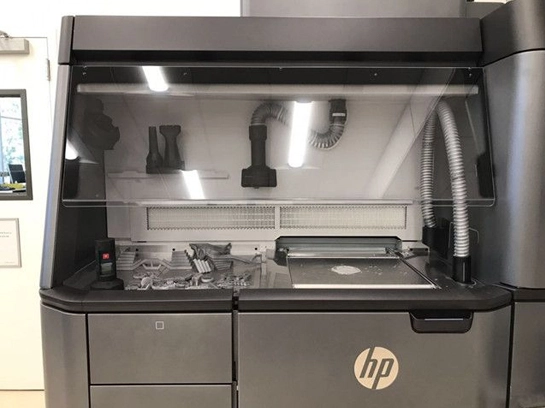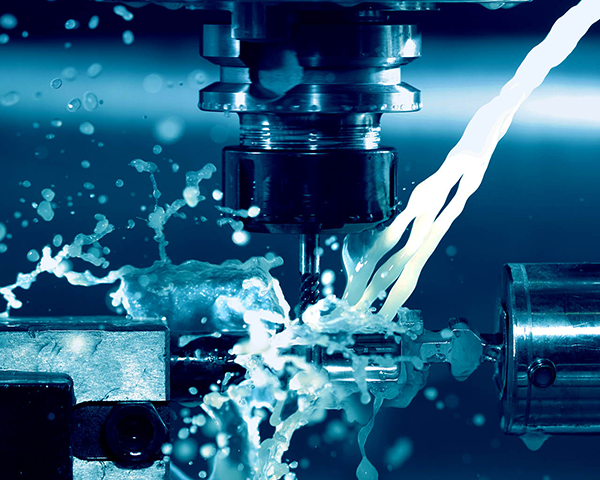What is Prototype Machining?
Prototype machining is a manufacturing process used to create samples or prototypes of a product. It typically uses computer-aided design (CAD) software and computer numerical control (CNC) machines to precisely cut and shape materials, creating models that resemble the final product. These prototypes can be used to test product design and performance, and to make necessary modifications and improvements. Prototype machining is widely used in industries such as rapid manufacturing, automotive, aerospace, medical devices, and consumer goods.
Why Choose Fathom Precision's Prototype Machining Services?
Accelerate Product Validation and Launch
As a professional prototype machining manufacturer, Fathom Precision's prototype machining services can quickly generate real parts, helping customers to validate design concepts through physical touch and testing before mass production. This method accelerates the product iteration process, allowing customers to confirm designs more quickly and speed up the launch process.
Reduce Tooling Costs
Traditional tooling manufacturing is expensive, but Fathom Precision's prototype machining services can produce parts that meet testing requirements without the need for complex tool development. This not only reduces dependence on expensive tools but also avoids the costs associated with tool modifications due to design changes, saving costs for customers.
Support for Diverse and Complex Designs
Prototype machining is particularly suitable for complex geometric shapes and small-batch production of parts, which may not be feasible with conventional precision injection molding techniques. Fathom Precision provides customized prototype machining services for various industries, including industrial, medical, automotive, electronics, and toys, meeting the needs for complex structures and high-precision parts in different fields.
More Flexible Design Adjustments
The rapid and low-cost nature of prototype machining allows customers to easily make design changes during the development process, which is crucial for the iteration and testing of innovative designs. By quickly obtaining adjusted parts, customers can more effectively optimize product performance and appearance before the product launch.
- The Impact of Prototyping Machining Services in ArchitectureMarch 19, 2024With the advancement of science and technology, prototype machining services are increasingly used in the field of architecture, which has a profound impact on architectural design, construction and m...view
- Speeding Up Style: Custom Rapid Prototyping in Fashion DesignNovember 23, 2023Fashion is an ever-evolving industry that thrives on innovation and creativity. It is an art form that allows individuals to express their unique personalities and showcases the latest trends. In rece...view
- Gaming Gadgets Galore: How Urethane Casting Services Shape Interactive ExperiencesJanuary 5, 2024In the dynamic world of gaming, where innovation and immersive experiences are driving forces, the role of urethane casting services emerges as a crucial element in the development of cutting-edge gam...view
- Food for Thought: Custom Prototyping in Culinary InnovationNovember 23, 2023Culinary innovation is an ever-evolving field that constantly seeks to push boundaries and tantalize our taste buds with new and exciting flavors. With the rise of the food and beverage industry, chef...view
- How Is Prototyping Used in the Automotive Industry?July 22, 2023Automotive rapid prototyping is an essential process used in the automotive industry to develop new vehicles and components. Prototyping allows designers and engineers to test and refine their ideas b...view
- What Are the Process Steps for Cast Urethane Prototypes?September 14, 2024Polyurethane resin is a versatile material used to produce various plastic products. Its applications are diverse because it can produce both flexible, almost rubber-like products, and rigid plastics....view




